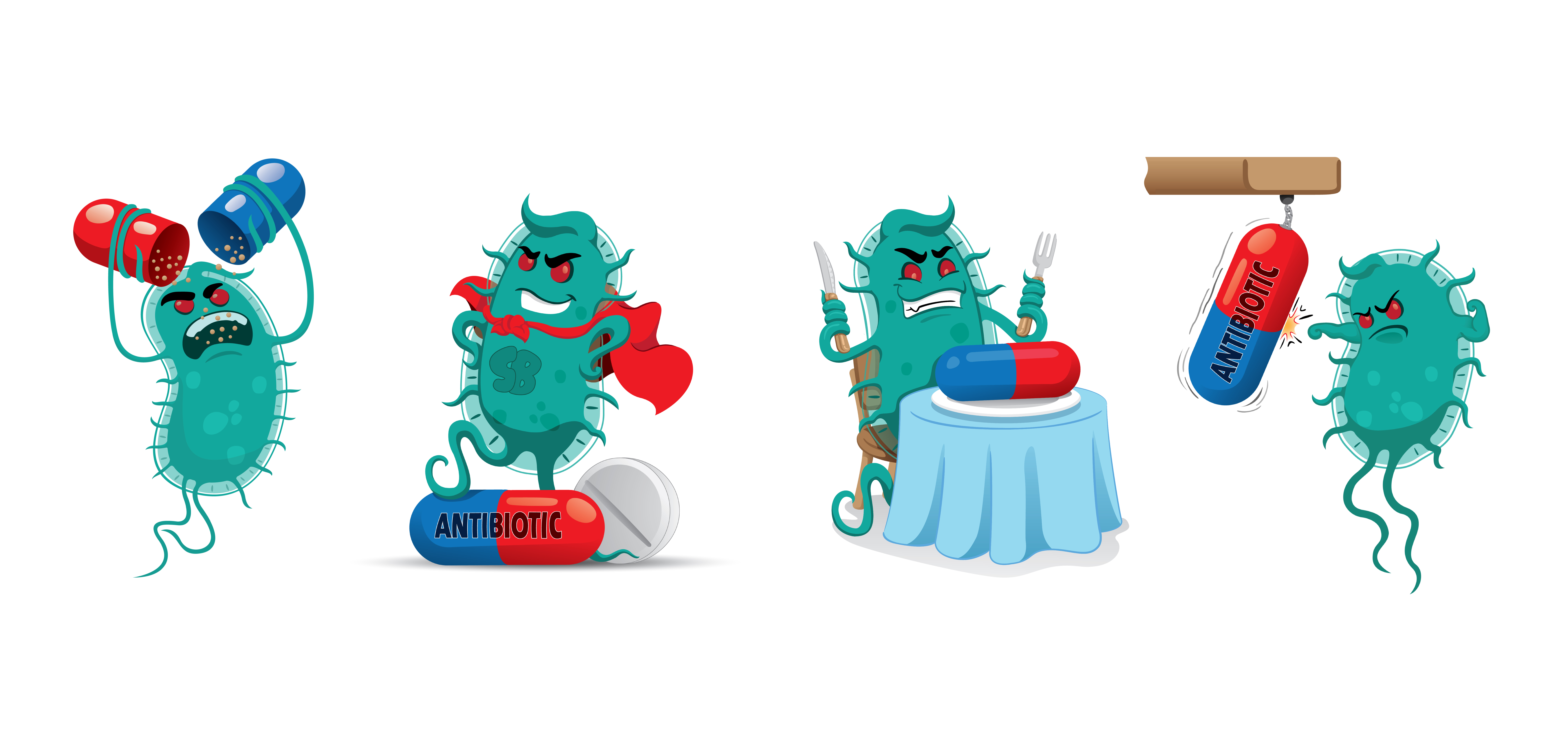by Taylor Asen
COVID-19 has taught us to appreciate what science has done to get so many terrible illnesses under control with vaccines, antivirals and antibiotics. The problem is that we appreciate antibiotics a bit too much. In 2016, the CDC released a study demonstrating that about 30% of antibiotics went to people who didn’t need them. And while people paid more attention to the issue for a time, unnecessary antibiotics prescriptions skyrocketed during the pandemic. COVID-19 is a virus, which means antibiotics don’t work to combat it. Nonetheless, the CDC found that a significant percentage of patients with COVID-19 were prescribed an antibiotic.
Why Are Antibiotics Frequently Overprescribed?
One problem with controlling antibiotic over-prescription is the “tragedy of the commons.” This phrase refers to when people take more than their fair share of a limited, shared resource for fear that there won’t be enough, which causes a shortage in that resource. For example, many healthy people went to doctors and tried to procure antibiotics during the pandemic. These people thought they would need them if they caught COVID-19 and were afraid there wouldn’t be enough left by then. Consequently, fewer antibiotics were available to patients who really needed them.
Individual patients have no obvious disincentive to demand antibiotics, even if they are unlikely to work. For doctors, it is easier to give a patient what they want than to be yelled at or lectured, mainly when the drug they want is unlikely to cause them any harm.
Super Bugs Are Not Tomorrow’s Problem
While individuals have little incentive to change their behavior, everyone has an enormous interest in solving this problem. Overuse of antibiotics is the most significant contributor to the spread of antibiotic-resistant bacteria.
Methicillin-resistant Staphylococcus aureus (MRSA) is a type of staph infection that kills tens of thousands of Americans every year. It is deadly because it resists many antibiotics, making it challenging to treat. It is worth noting that while taking unnecessary antibiotics is probably not going to cause serious harm, it isn’t healthy, either. By one estimate, approximately 20% of drug-related emergency department visits stem from ingesting antibiotics. Many of these are the result of allergic reactions. Antibiotics can also kill good bacteria that regulate bodily processes and help fight off bad bacteria and viruses.
What Are Some Practical Ways to Reduce Unnecessary Antibiotic Use?
First, never take an antibiotic unless a doctor or pharmacist recommends it. Those old pills in the back of the medicine cabinet might not be an appropriate treatment or may no longer be safe to use.
Second, if the doctor doesn’t prescribe antibiotics, don’t ask for them. Doctors may prescribe drugs they deem unnecessary when patients ask for them.
Likewise, ask for their rationale if a primary care provider prescribes an antibiotic for viral symptoms, such as a cough and runny nose. If the doctor suspects a bacterial infection, it is wise to take their advice. But if the doctor can’t articulate a clear reason why they are necessary, don’t be shy about asking.
Finally, follow the instructions on the antibiotic prescription. Many patients are tempted to stop taking an antibiotic once they start feeling better. It can be particularly tempting to cut short a child’s course of antibiotics, especially if they complain ceaselessly about yucky medicine. The problem is that, even if the patient feels better, it doesn’t mean the infection has gone away. Incomplete courses of antibiotics do not kill all of the infection-causing bacteria. Since the remaining bacteria have survived the antibiotic before, the recurring infection is more difficult to fight.








Leave A Comment